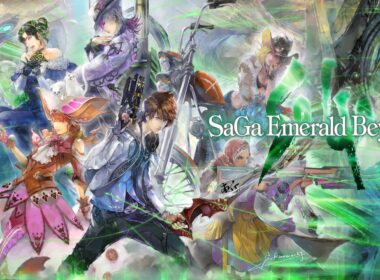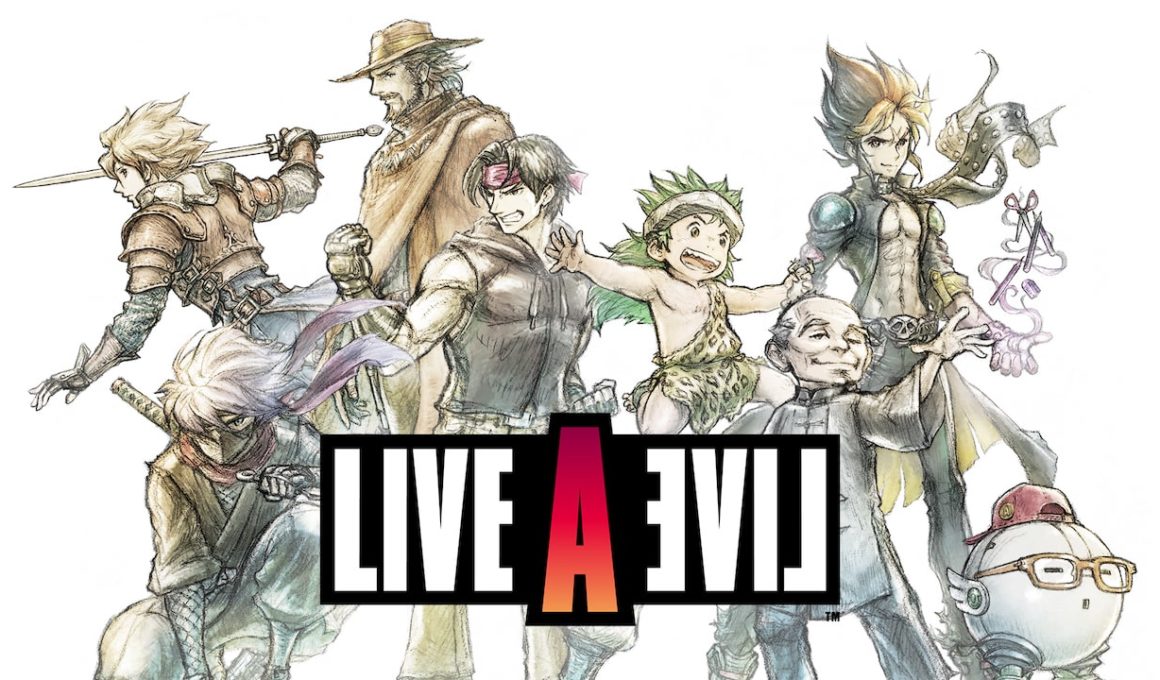I think the game industry would be in a much different place if Live A Live had been localized on the SNES. I can only imagine how many cool indie games would have been inspired by it because it was ahead of its time. RPGs just didn’t do what it attempted and succeeded in doing, and I can see now why Square Enix felt the need to remake it in HD-2D. What I didn’t expect is how perfect of a fit it would be in highlighting the strength of both HD-2D and Live A Live.
JRPGs still get a bad rap, and as a guy who plays mostly JRPGs, I’d say a lot of that comes down to preference. But I get it. If someone finds themselves getting bored of how long they have to engage in a single gameplay loop, that’s not really their fault. Live A Live attempts to break those conceptions, and It’s wild that it did so in 1994. Even more impressive is that, in my opinion, they succeeded in offering something so truly unique in the genre.
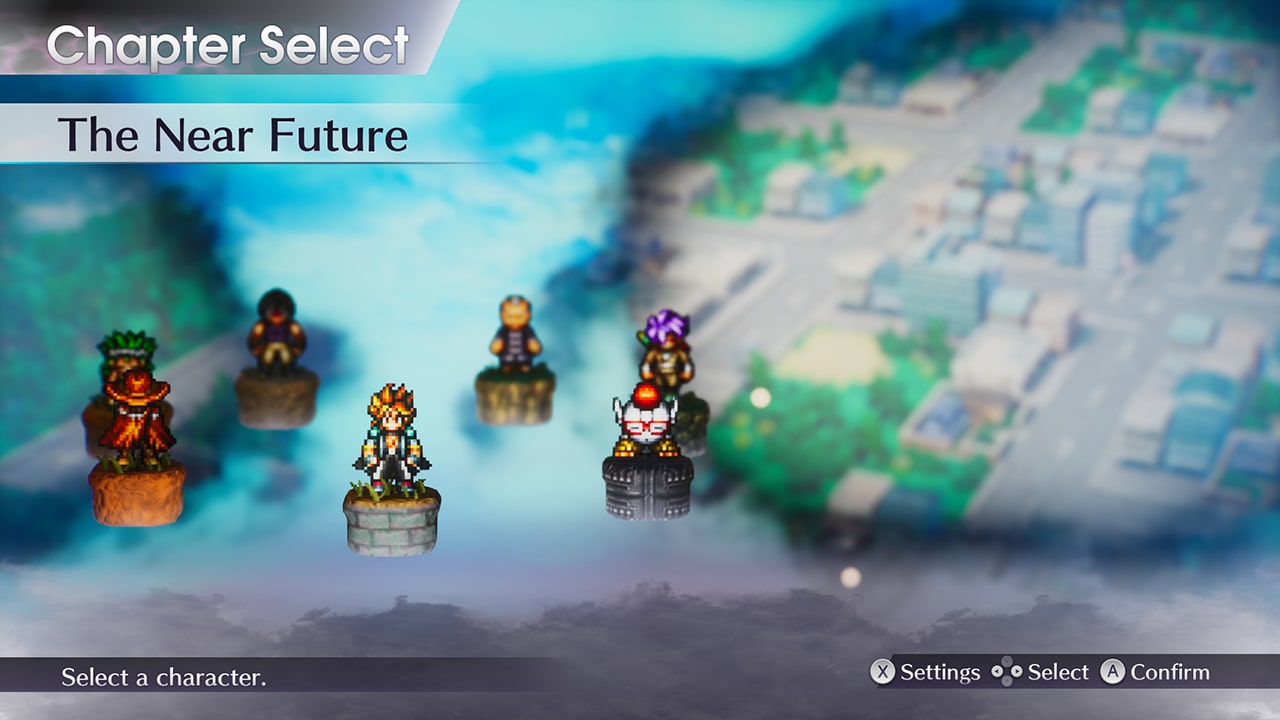
Live A Live is not a very long game, and that’s built into its core design. It was not as common to have RPGs that would last you well over 100 hours back then, especially not on the SNES. I imagine that back then this would have been just as long as most RPGs on the market, but its brevity has become a tad evergreen based on modern trends. It’ll probably net you anywhere between 20-30 hours depending on how you play it, with each scenario being anywhere between an hour to five.
Every scenario in Live A Live is different from one another in tone, setting, and gameplay style. You are essentially getting multiple slices of different game genres built into the backbone of an RPG. The scenarios on offer are Prehistory, Middle Ages, Imperial China, Edo Japan, The Wild West, Present Day, The Near Future, and The Far Future. Live A Live’s inspirations for each of these scenarios seem to be popular films, which they’ve emulated quite well. Imperial China echoes kung fu movies, where a dying master is looking for a successor. The Near Future is quite literally a massive nod to Akira, where the protagonist is a boy named Akira with psychic powers. They’re all charming, and there really is something here for everyone.
Movies inform the premise and aesthetic of each scenario, but not the gameplay. While some chapters have only light influence from other genres, Live A Live pushes the gimmick quite far. The Edo Japan chapter involves you playing as a Ninja, infiltrating a palace to rescue a prisoner. The first cutscene mentioned that you can approach the mission by using stealth or killing. How you choose to approach this will result in a wildly different experience. If you run from one end of the mission to the other, killing only when you feel like it and not exploring, this can be over rather quickly.
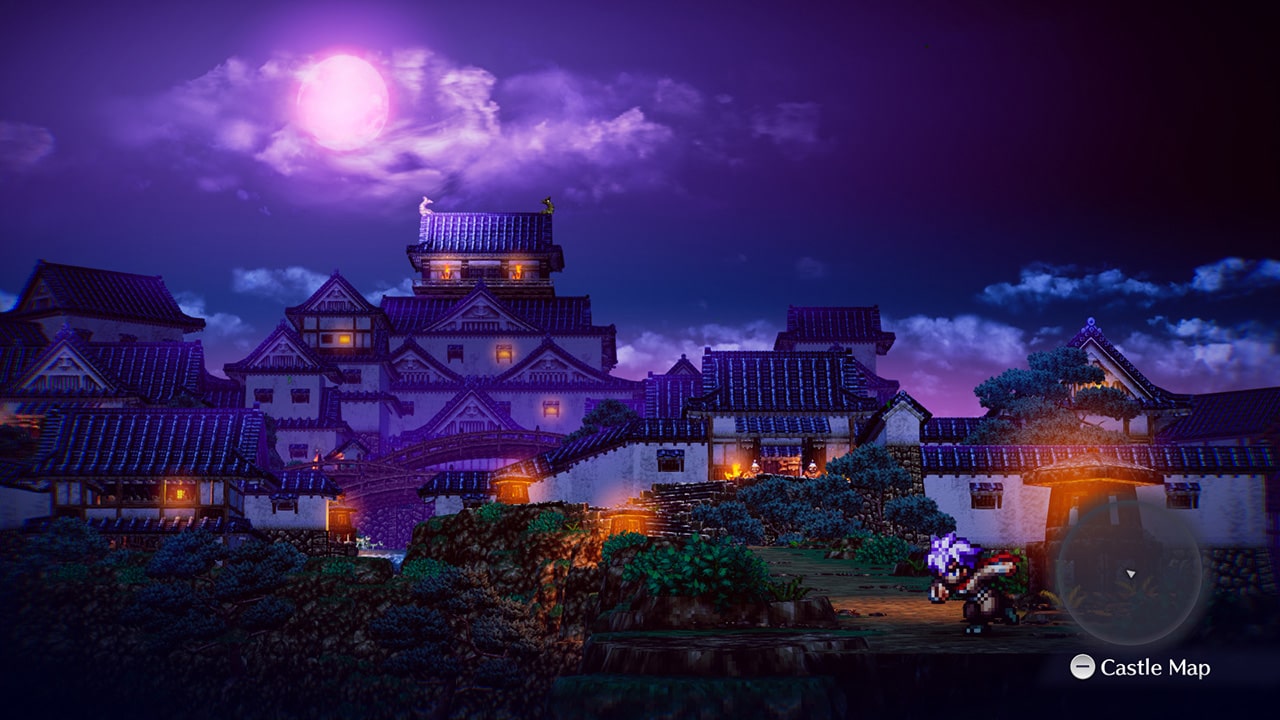
The detail of this scenario comes from how intricate the palace is, because if you aim to get the extreme of no kills or every kill you’ll need to explore every inch. If you decide to go for a no-kill run you’ll be met with a series of challenges, but are essentially rewarded with a well-designed stealth game. It was the longest scenario for me, and the one I’d probably recommend people start with because it does a great job showing off the variety Live A Live has to offer.
My personal favorite of the scenarios has to be The Far Future, which snuck up on me and completely surprised me. I don’t want to spoil it so I’ll avoid revealing too much, but its inspirations lie heavily with the Alien franchise. I’ll just give you the gameplay hook: There is largely no combat in this chapter and the entire thing is an atmospheric horror game. This chapter, titled Mechanical Heart, involves you playing a recently born robot on a spaceship. The sound design, pacing, and visuals are expertly done. Outside of being an incredibly ambitious survival horror segment built into an RPG, this also had my favorite story segment of the bunch. It wears its influences strongly on its sleeve but excels despite that. There’s brilliant usage of foreshadowing, and the dialogue was wonderfully written.
When I finished it I was left bewildered when I remembered again that what I had just was a faithful remake of a game released in 1994. It’s unreal how well Live A Live holds up, it was ahead of its time. I’d love to gush about this scenario further because I think Mechanical Heart is now single-handedly the greatest thing ever on SNES. However, a pre-release review is not the place for that, but I will say that I think you should definitely play this close to the end.
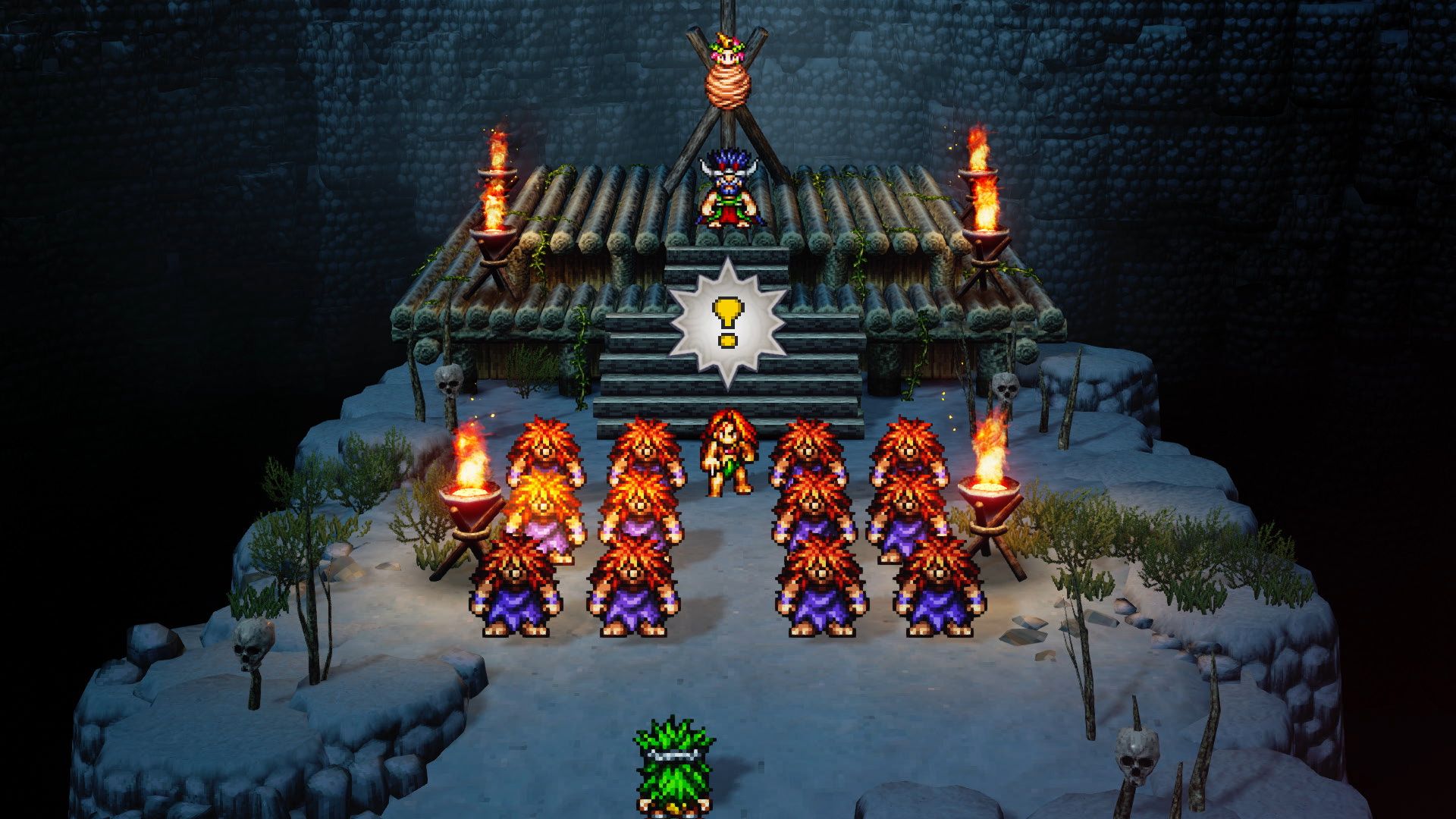
Not all scenarios are made equally, however, or even half as good as this one. But they are all generally good, with the weaker links not taking away too much from the whole. Prehistory was the weakest for me by far, but I still found it charming in how it conveyed its entire story without actual dialogue. I started with Near Future because Akira seemed cool, and his gimmick of being able to read NPC minds was cool even if it kind of becomes tedious to use.
Each chapter has been given voice-over as well with this remake, in both English and Japanese. The entire game is not fully voiced, but important cutscenes all are. What some people might not understand is that some scenarios play up silly or campy vibes more than others. Make no mistake, when Live A Live wants to make you feel things, it will do so with the utmost precision. The writers know when to have fun and be campy, but will convey its serious moments with tact. The actors rise to meet this and succeed.
While I respect Live A Live as a work of art, so much so that it’s probably become one of my favorite games now, it is nowhere near perfect. The gameplay is probably where people will find the most issue because it’s rather simplistic and you can’t skip animations. Battles happen on a grid, with the best comparison I can draw is the classic ATB on a small-scaled SRPG grid. Characters can move around when their ATB gauge fills and can use a skill with no MP/SP cost. I was surprised to find it devoid of Triangle Strategy and Octopath Traveler’s combat speed-up options. Live A Live’s battle animations are incredible, but some of them can go a bit long. Your health will also completely refill between fights, which makes for an approachable and simple battle system. It’s not complicated, and I liked it after a bit of a learning curve.
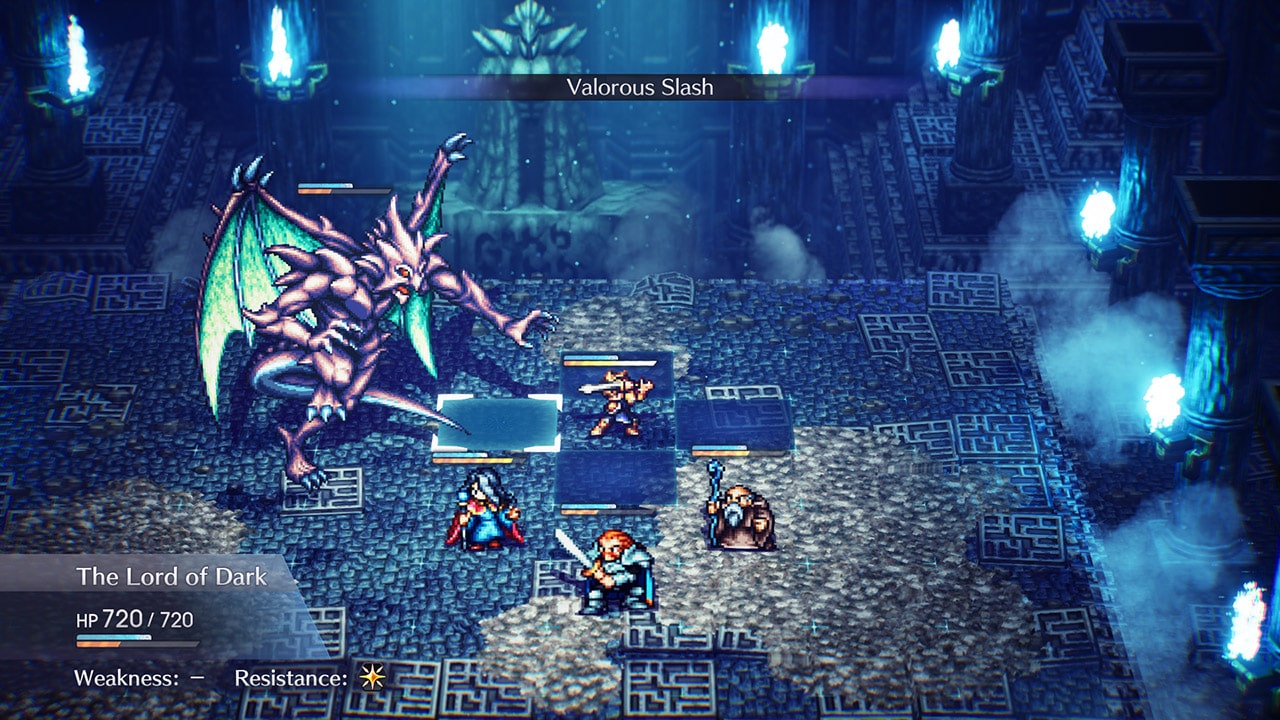
One of the new remake features that I’m unsure about is the objective radar. At the bottom of the screen is a new mini-map that will point you in the direction of where you need to go. I’m glad this is here, but I think it’s not implemented well enough to make it an overall positive. Live A Live will rarely hold your hand outright and wants you to explore and experiment to find progress. At times progress can feel as confusing as ’90s point-and-click games, which can be frustrating without the objective marker. It will also choose strange moments to remove it, which sometimes work to excellent effect and other times make it feel a bit clumsy.
You can turn this off though, and I might recommend it for newcomers since it better echoes the original intent. Live A Live is a rather open game, making me think of one of the SaGa games at points. It can be confusing to navigate with, but in faithfully remaking a ’90s game I think that just comes with the territory. Thankfully interactive items on the field have been better highlighted, so they’ve at least tried to remove some of the obtuse nature of progress the original game had for those who don’t want to use the radar.
Lastly, and this might be one of the most important things here, Live A Live might be one of the most finely crafted remakes I’ve ever played. The visuals, on the whole, are stunning, this is without a doubt the best-looking HD-2D game. With so many different settings to replicate, all manage to be distinct and breathtaking. The usage of color is beautiful, filling each frame with so much life. Jumping from scenario to scenario gave me whiplash, there’s just much more going on here artistically compared to past HD-2D games. There’s so much range in color choice, and none of the weird visual issues that Octopath Traveler or Triangle Strategy were often criticized for. The camera has also been improved to offer certain game segments and cutscenes a more cinematic flair, and the sprites are beautifully drawn
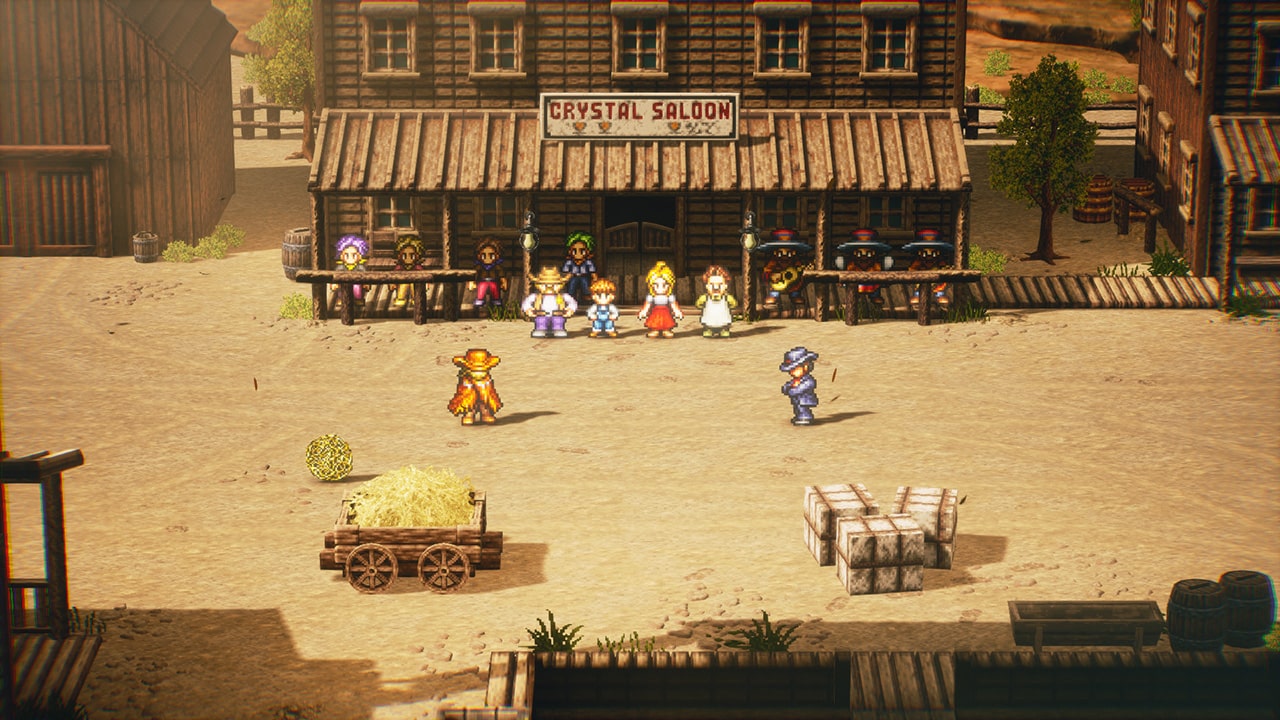
Live A Live is a near timeless JRPG that’s been remade expertly for modern audiences. I can acknowledge the flaws and that aspects of progression are a bit dated, but despite this I sincerely recommend this game. The story, themes, and gameplay variety were truly ahead of their time. It is a weird, experimental game that has crawled up to being one of my favorite works of art in the medium. Nothing has come close to Live A Live’s unique sense of personality in the years since it was originally released. No one has done it like Live A Live in the way Live A Live did it. I adore this game and I’m happy it got the remake it deserved.
I’ll admit, this was an incredibly subversive game for its era, one that might not hit as well as it did for some compared to me. I’m able to appreciate it as both a game from the ’90s and just a game. But I’m sure a lot of creatives in Japan were inspired by this, and those inspirations had to have bled into their work. You will have likely seen parts of its unique twists on the genres it plays with elsewhere, but I found that to be an endearing trait. It feels fitting that a compilation of clear passion and inspiration has trickled down to other games. The impact of Live A Live has seemingly never gone away, and that’s beautiful.
Version Tested: Nintendo Switch
Review copy provided by Nintendo



